Building Muscle: Hypertrophy Training for Football
In the game of football, muscle matters. Not only do bigger athletes have a physical advantage over smaller opponents, they also benefit from a safety standpoint—the more muscle mass you have, the more resilient you are in contact collisions. This makes hypertrophy, the growth of lean muscle tissue, arguably one of the most important qualities a football athlete can develop. A properly designed football strength and conditioning program will emphasize building muscle mass—and here’s the why and how.
Hypertrophy: What it Does and Why
The opposite of atrophy, hypertrophy is the physical growth of muscle tissue. But developing bigger muscles isn’t just about looking big and strong; there’s a performance component as well. First and foremost, football athletes need to attain an appropriate size to compete safely at their position and level of play. But front-loading a strength program with hypertrophy training also sets the stage for bigger strength gains down the road, as greater muscle mass potentiates the development of maximal strength.
Increasing the size and strength capabilities of specific muscle groups can provide a direct transfer to on-field performance, while hypertrophic training of smaller muscle groups—like the rotator cuff in the shoulder, or gluteus medius on the outer hip—can aid in injury prevention by improving movement technique. This is why proper form is a MUST when training for hypertrophy. You want the right muscle groups to receive the stimulus; otherwise, you risk creating imbalance in the body and ingraining movement patterns that could lead to poor form and, eventually, injury.
Training Protocols
In the weight room, hypertrophy is maximized through three specific resistance training stimuli: metabolic buildup, muscular tension, and muscular damage. This means that methods for improving hypertrophy involve high reps, slow speeds, and moderate to heavy loads. During exercise, metabolites (products of energy metabolism) build up in the bloodstream, so more reps means more metabolites, which produces more hypertrophy. Reps should be in the 6-12 range for best results, for 3-5 sets. Muscular tension refers to the time a muscle spends contracting—and more time under tension means more hypertrophy, so slowing down each rep is an effective method for building size. Finally, when muscle tissue is damaged from exercise, the body is forced to repair and reinforce it, creating bigger and stronger muscles. To maximize (appropriate) muscle damage, loads should be fairly heavy: anywhere from 55-75% of an athlete’s 1RM for best results.
The best exercises for hypertrophy will be ones that stress as many muscle groups as possible, so compound, multi-joint barbell movements are ideal. While Olympic lifts and their variations are great for developing power, they rely on the skill and technique of the lifter and might be better suited for power-oriented training adaptations closer to the start of the season. Squats, presses, and deadlifts (think powerlifting movements) are easier for young athletes to learn and execute, making them staples in a good football training program.
Just as important as the specific protocols used to develop hypertrophy is its position in the overall training program. The methods that produce muscular hypertrophy require heavy training loads at high volumes to produce enough muscle damage to stimulate growth, which can leave athletes feeling tired and sore after sessions. This is another reason why it’s important to front-load your program with hypertrophy, rather than scheduling it closer to the start of your season—you don’t want your athletes too sore from training to compete.
Food and Sleep
Next to training, the most important variables in gaining muscle mass are nutrition and recovery. After all, if you’re not consuming the raw materials (calories) your body needs to build new muscle tissue, you won’t see results no matter how hard you train. Amino acids are the basic building blocks of muscle tissue, and are derived from the digestion of dietary protein. Make sure your athletes are eating enough protein (without neglecting fats and carbohydrates), and getting their calories from a variety of diverse, high-quality food sources. No, this doesn’t mean athletes can eat as much as they want during hypertrophy training, but they do need to have a calorie surplus in order to increase muscle mass. (For more information on a diet designed for building muscle, check out this series of how-to articles from Clemson strength coach and sports nutritionist, Mike Bewley! – link)
Because hypertrophy training causes necessary damage to muscle tissues, proper recovery between training sessions is also critical for success in gaining size. Getting 8+ solid hours of sleep every night is a tough ask for young athletes, but under-sleeping is a quick way to undo any hard work accomplished in the weight room. Athletes MUST sleep in order for muscles to recover enough to benefit from the next workout. Encourage your athletes to practice good sleep hygiene: go to bed in a dark, cool room; turn off screens at least 2 hours before bedtime; and aim for 8-10 hours of uninterrupted sleep per night. If needed, athletes can supplement nighttime sleep with a 20-min power nap during the day to aid in recovery. (Some collegiate and professional weight rooms have even started adding designated “nap rooms,” just so athletes can log enough recovery time!)
The Takeaway
Hypertrophy is a vital component to a good football training program. Help your athletes get the most gains from their training by encouraging (and modeling!) proper nutrition and recovery habits. If you’re doing concurrent conditioning with your athletes, stick to low-intensity aerobic capacity efforts during hypertrophy—high-intensity anaerobic training can contribute to muscle soreness and yield mixed results. Easy aerobic work improves athletes’ ability to recover from tough efforts on the field and in the weight room, which will definitely come in handy when powering through muscle-building hypertrophy workouts.
Free Resource for Football Coaches
Want to learn more about Volt’s position-specific football training programs? Check out Volt’s step-by-step guide to designing safe and effective football programs: “The Ultimate Guide to Off-Season Football Training.” Written by Volt’s Sport Performance department in collaboration with our Strength Coach Advisory Board, chaired by legendary hall of fame strength coach Boyd Epley of Nebraska, this free resource is great for any coach looking to expand their knowledge about strength and conditioning for football.
About the Author
Jace Derwin, CSCS, RSCC, is the lead sport performance specialist at Volt Athletics, the official strength and conditioning provider of Football Canada and the Canadian National Teams. Volt provides individualized sport-specific training programs to athletes and teams, built by certified strength coaches, through Volt’s intelligent training system. To learn more about Volt, visit www.voltathletics.com and follow Volt on Facebook, Twitter, and Instagram for more training tips.

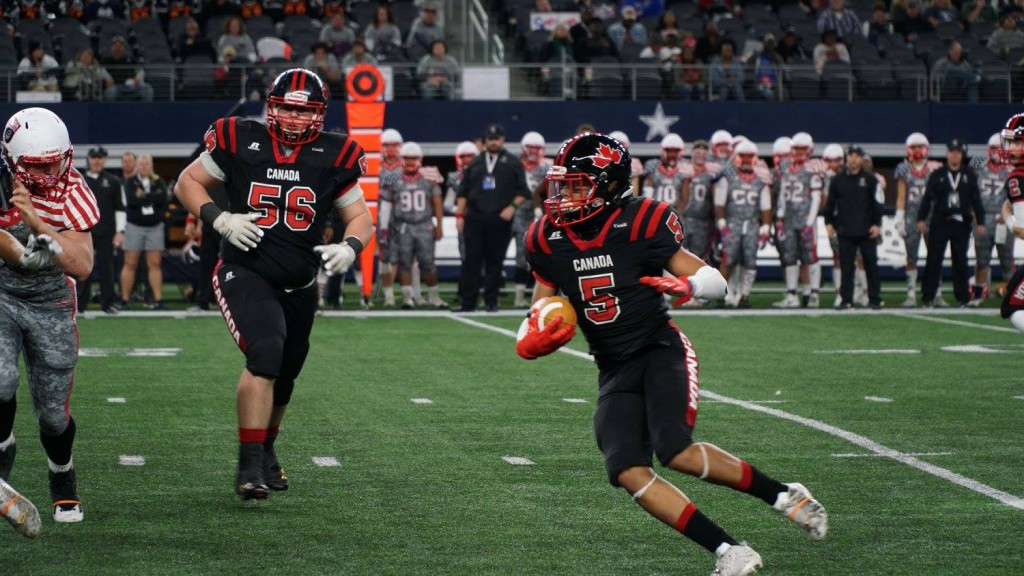
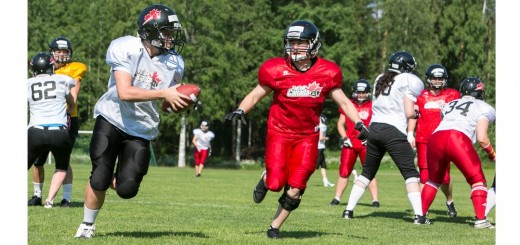





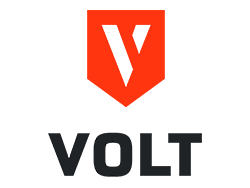


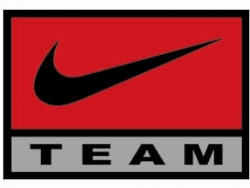
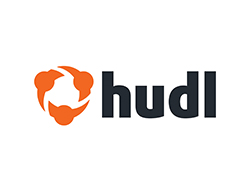
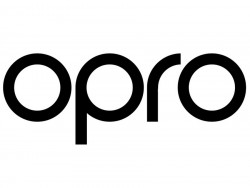






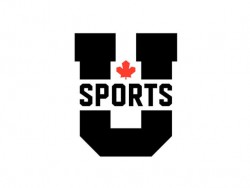
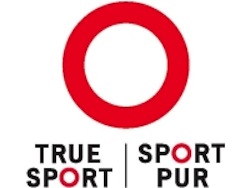
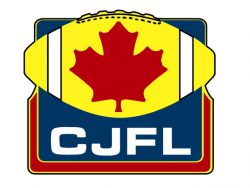







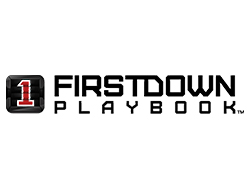





 Check your NCCP Certification
Check your NCCP Certification